Yugoslavia 1992 stamps – architecture / old houses – Full set
That’s an excellent summary of the 1992 traditional architecture stamp set from Yugoslavia!
Here are the key details you provided, structured for easy reference:
🏡 Yugoslavia 1992 Traditional Architecture Stamp Set
| Feature | Detail |
| Scott Catalog Nos. | #2186-2189 (A 4-value set) |
| Year of Issue | 1992 |
| Theme | Traditional Architecture of Old Village Houses |
| Content | Multicolored depictions of farmhouses and old houses, reflecting multicultural heritage (e.g., Bosnian styles). |
| Historical Context | Issued during the final years of the federation, highlighting regional identities (Serbia, Croatia, Bosnia) before dissolution. |
| Format | Mint Never Hinged (MNH) |
| Collectibility | Low-value modern issues, but popular with thematic collectors (Architecture, Balkans). |
| Market Value (MNH) | Complete set: $1–$2 USD; Singles: under $1 USD (due to high availability). |
These stamps are a fascinating piece of philatelic history, marking the shifting political landscape of the Balkans by emphasizing regional cultural identity through architecture.


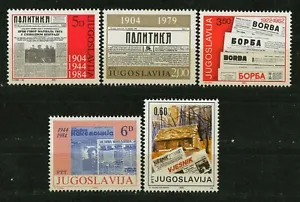

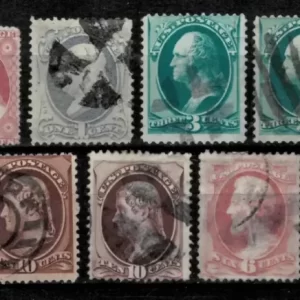
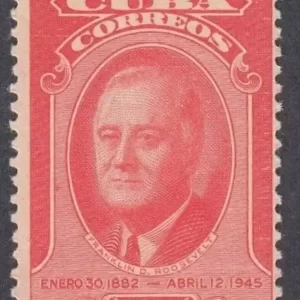
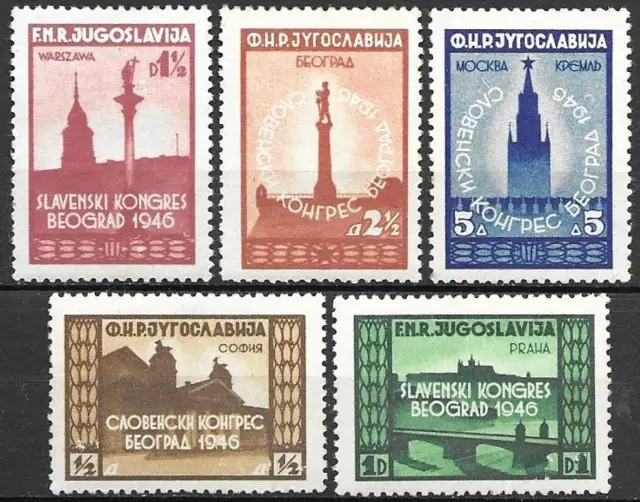

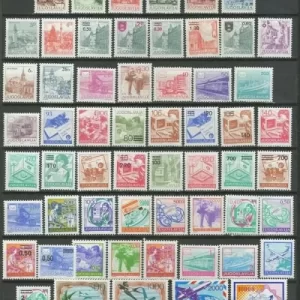
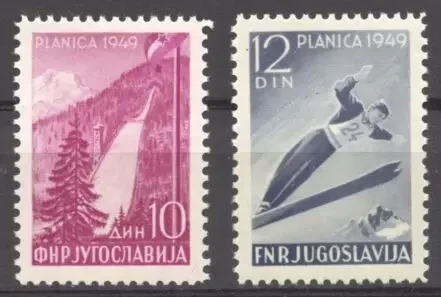
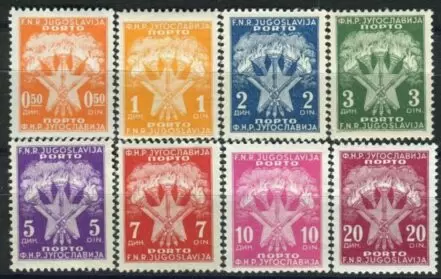

Reviews
There are no reviews yet.